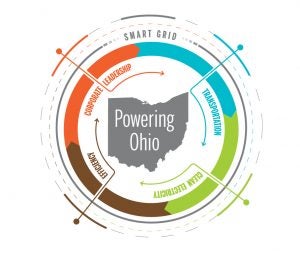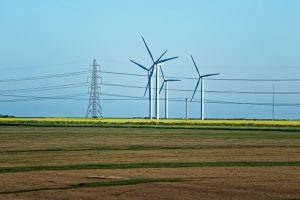 Today General Motors offers two models of electric vehicles (EVs). Within the next five years, the automotive giant will offer at least 20 EV options.
Today General Motors offers two models of electric vehicles (EVs). Within the next five years, the automotive giant will offer at least 20 EV options.
That’s just one of many signs pointing to a more efficient, connected, and electrified transportation sector, which presents a prime opportunity for Ohio companies. In fact, a recent report from Synapse Energy finds that Ohio could bring in over $6 billion in investment and net more than 9,000 jobs by expanding the state’s automotive leadership into an electrified, more efficient future.
Why Ohio?
With a thriving automotive supply chain, Ohio has a strong foundation for investment and growth by electrifying transportation. Specifically, the state is already heavily involved in the areas of the auto industry that will change the most with electrification: internal combustion engines, transmissions, and other drivetrain components.
And according to a 2017 report, Ohio has more than 27,000 jobs – and 80 facilities – building clean and fuel-efficient vehicle technology. Only the states of Michigan and Indiana have more. Read More














